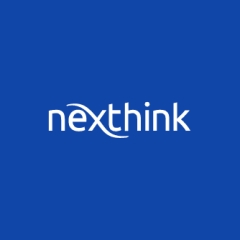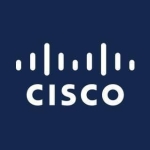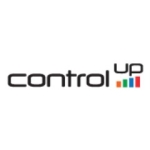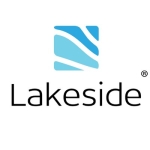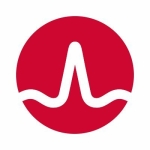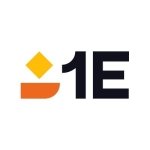What is our primary use case?
I use the solution for my day-to-day activities. I use it for analytical purposes. I'm part of technical support. In my organization, we are using this product as one of the remote action tools. It is one of the IT analytical tools, which will help us to handle productive problem management, in our IT Infra-related issues. That is the main purpose.
How has it helped my organization?
Mostly we're using the solution for internal purposes, for our internal employees. Whenever we are using applications or any laptops, usually we will face system performance issues. This tool has been able to identify proactive services or any proactive obligation, which was causing those issues. We are using Nexthink finder, which will give proactive information about the applications or services, which are causing our system to perform badly. We investigate and we find resolutions. We are approaching all endpoints and resolving those issues, even before a user is raising a request. Basically, the product allows us to be proactive and deal with problems before users even know there are problems.
What is most valuable?
The aspects related to IT analytics were good. Previously in our organization, we were not using any tools for maintaining our IT-related issues. Once this application was implemented in our organization, we were able to find lots of issues, and we became more proactive and resolve issues proactively in our environment.
The initial setup is very simple.
We haven't had any issues with stability.
What needs improvement?
The solution could use better automation and less coding. Since I am part of the administrative background, I'm not completely into the development side. I'm not well versed in coding.
For example, if we take a UiPath as an application, even a non-coding person can use UiPath to create a code, without even having knowledge in coding. Similar to that, if there could be an option in Nexthink that could help administrative people so that they could work without being dependant on developers, that would be ideal.
We are using this application for a graphical representation as well, for our internal review purpose. I'd like to see different templates. If they include more in the next release, that would help us to give a representation in a different way, that would be helpful. If they offered infographics as part of reporting, it would help us provide information to our leadership and IT teams.
For how long have I used the solution?
We've used the solution for four years now.
What do I think about the stability of the solution?
We were using a smaller hardware configuration, and, after the implementation, we increased our hardware configuration to a minimum of 8GB of RAM. Overall, we are not facing any issues.
What do I think about the scalability of the solution?
We have 10 people who are dedicated to working on Nexthink. However, we use it to cover our entire organization. Most are using it indirectly, not directly.
We haven't faced any issues with scaling.
Which solution did I use previously and why did I switch?
We were not using any solution previous to implementing this product.
How was the initial setup?
The initial setup is easy. We have only a 10 member team in our organization. That 10 members team is supporting our entire organization and even though we are limited, we didn't find any difficulties in deployment or implementation.
Deployment took around one week since we have lots of endpoints in our organization and we needed some time to verify and validate a CMDB database and update that in the Nexthink.
We have different teams that handle various parts of the organization, and therefore, maintenance is spread out across personnel.
What's my experience with pricing, setup cost, and licensing?
I'm just on the administrative side. I do not have any insights in terms of licensing or pricing.
What other advice do I have?
I would recommend Nexthink as a good application to use in organizations that need to proactively identify their IT issues. Without disrupting end-users, we can use this application as one of the research or analytical tools to resolve their issues proactively.
I'd rate the solution at an eight out of ten. We've mostly been pretty happy with its capabilities.
Which deployment model are you using for this solution?
Public Cloud
Disclosure: My company does not have a business relationship with this vendor other than being a customer.

